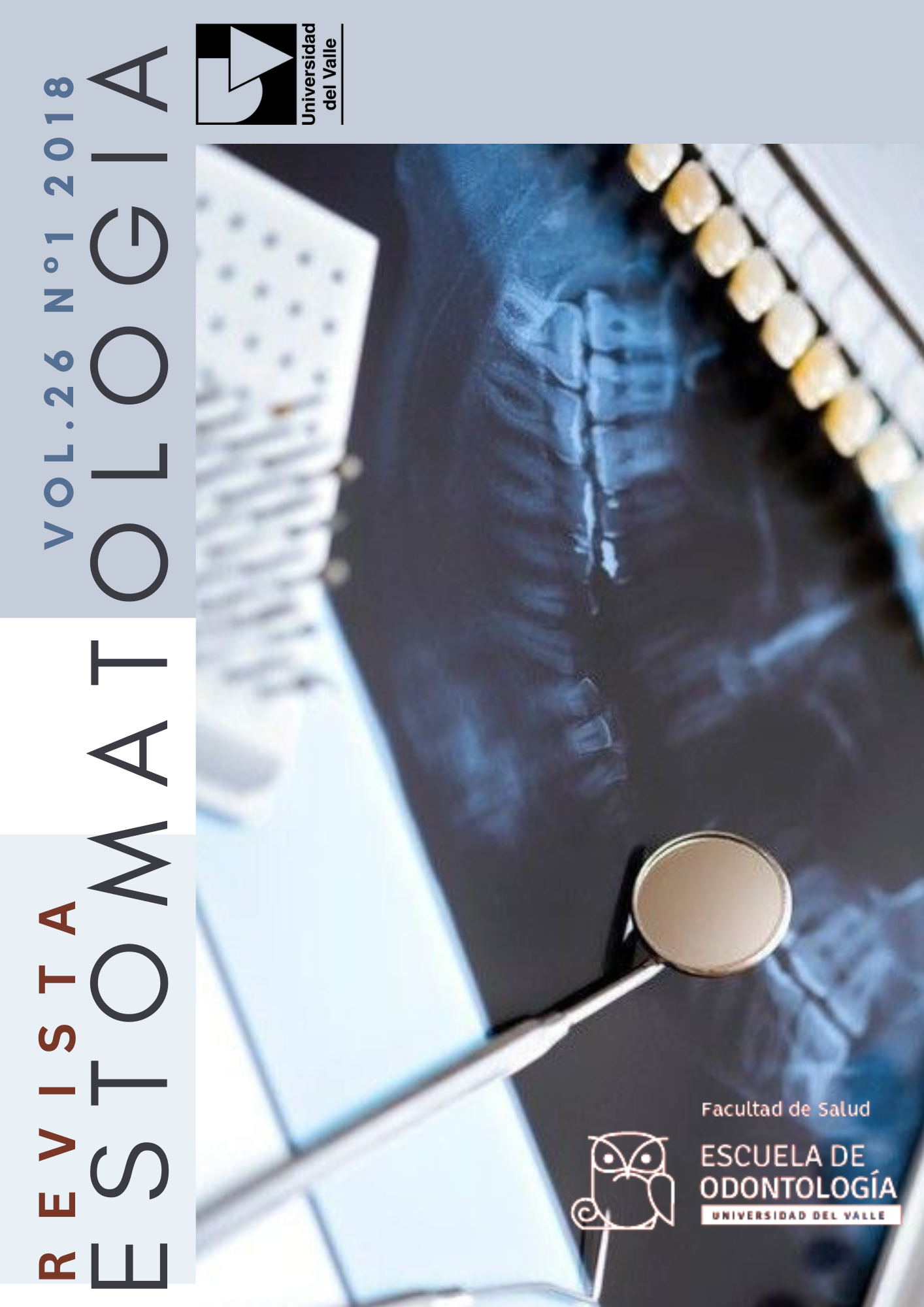How clinically important is the p-value?
Main Article Content
Currently, it has been observed a growing number of publications in all fields of Dentistry. These publications act as scientific evidence, as well as a basis for clinical decision-making in dental care routine.
It is important to note that the results and conclusions in articles are based on the p-value that is a purely probabilistic and statistical parameter, and it assists the researcher to accept or reject the null hypothesis being tested.
The p-value was proposed by Fisher in 1925, and in Dentistry, it is usual to adopt the p-value stated in 0.05.1 In practical terms, when a statistical test results in p-value less than 0.05, the null hypothesis must be rejected (equality between groups), assuming that there is a difference between the assessed groups.2 In other words, p<0.05 indicates statistically significant difference between groups.
Under a critical look, the researcher and reader should keep in mind that a statistical difference is not always reflecting a true clinical importance. In addition, a lack of statistical significance does not necessarily relate to the absence of clinical significance.
The clinical importance is far beyond statistical calculations based on the p-value.3 A study presents clinical importance when the one being tested presents clinical effect capable to change the behavior of the dentist in daily routine. This judgment should be done by the researcher based on the results of his/her research, clinical experience and actual knowledge. In addition, estimates of effect sizes should be presented. This facilitates assessment of how large or small the observed effect could actually be in the population of interest, and hence how clinically important it could be.
Kassab et al. (2006)4 compared periodontal parameters in groups with and without chemical biomodifciation of the root prior surgical coverage in cases of gingival recession. The group, that used edetic acid, statistically improved the periodontal parameters in relation to the group without surface biomodification. However, this difference was imperceptible to both dentist and patient. That is, the clinical result of root coverage will be the same when using or not acid biomodification of the root. In other words, there was not an important clinical effect of this step, although there was a significant difference.
In the above example, it is clear that just because a statistic test is significant doesn't mean the effect it measures is significant or clinically important. Then, researchers should not draw conclusions based solely on the p-value, they should propose alternatives that really evaluate the clinical effect.
Dhelfeson Willya Douglas-de-Oliveira
Federal University of Jequitinhonha and Mucuri Valleys, Diamantina, Brazil.
dhelfeson@hotmail.com
- p-value
- statistics
- biostatistics
Downloads
Los autores/as conservan los derechos de autor y ceden a la revista el derecho de la primera publicación, con el trabajo registrado con la licencia de atribución de Creative Commons, que permite a terceros utilizar lo publicado siempre que mencionen la autoría del trabajo y a la primera publicación en esta revista.





